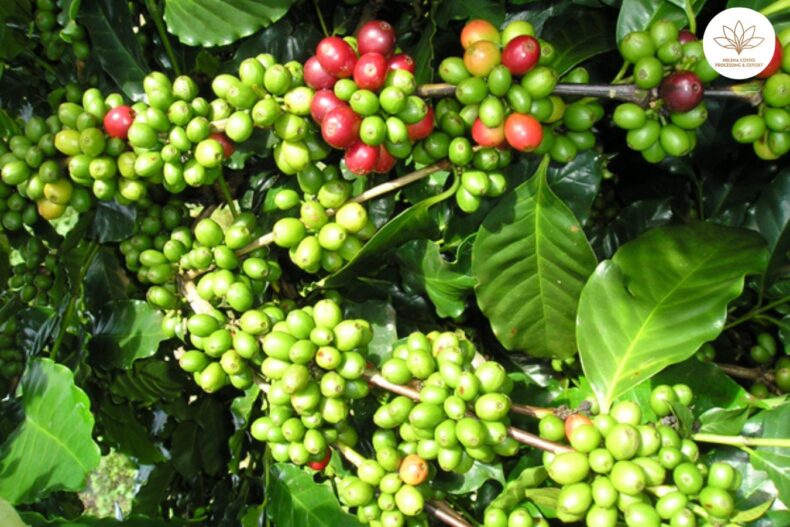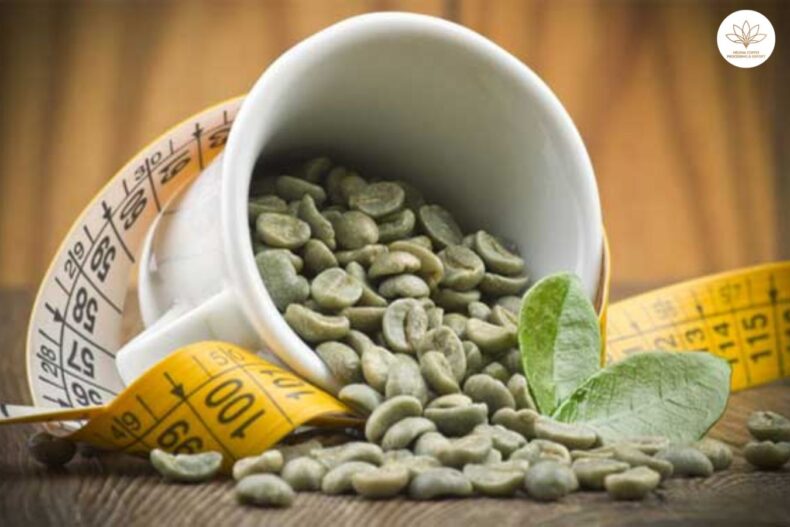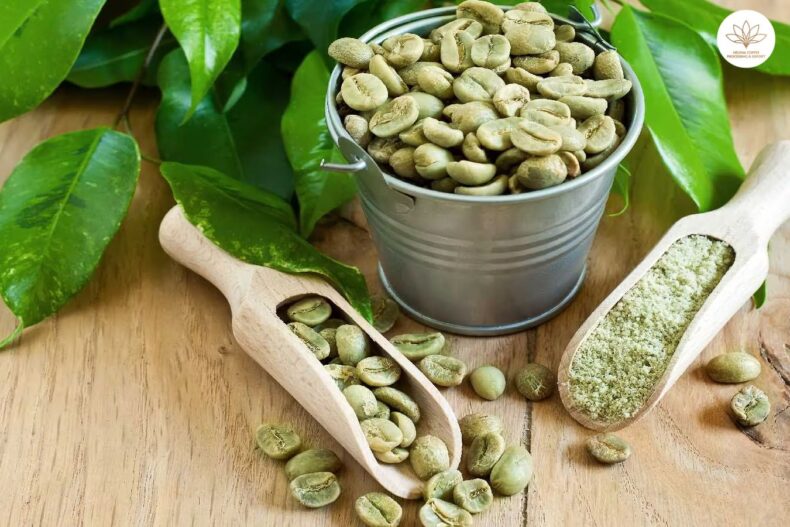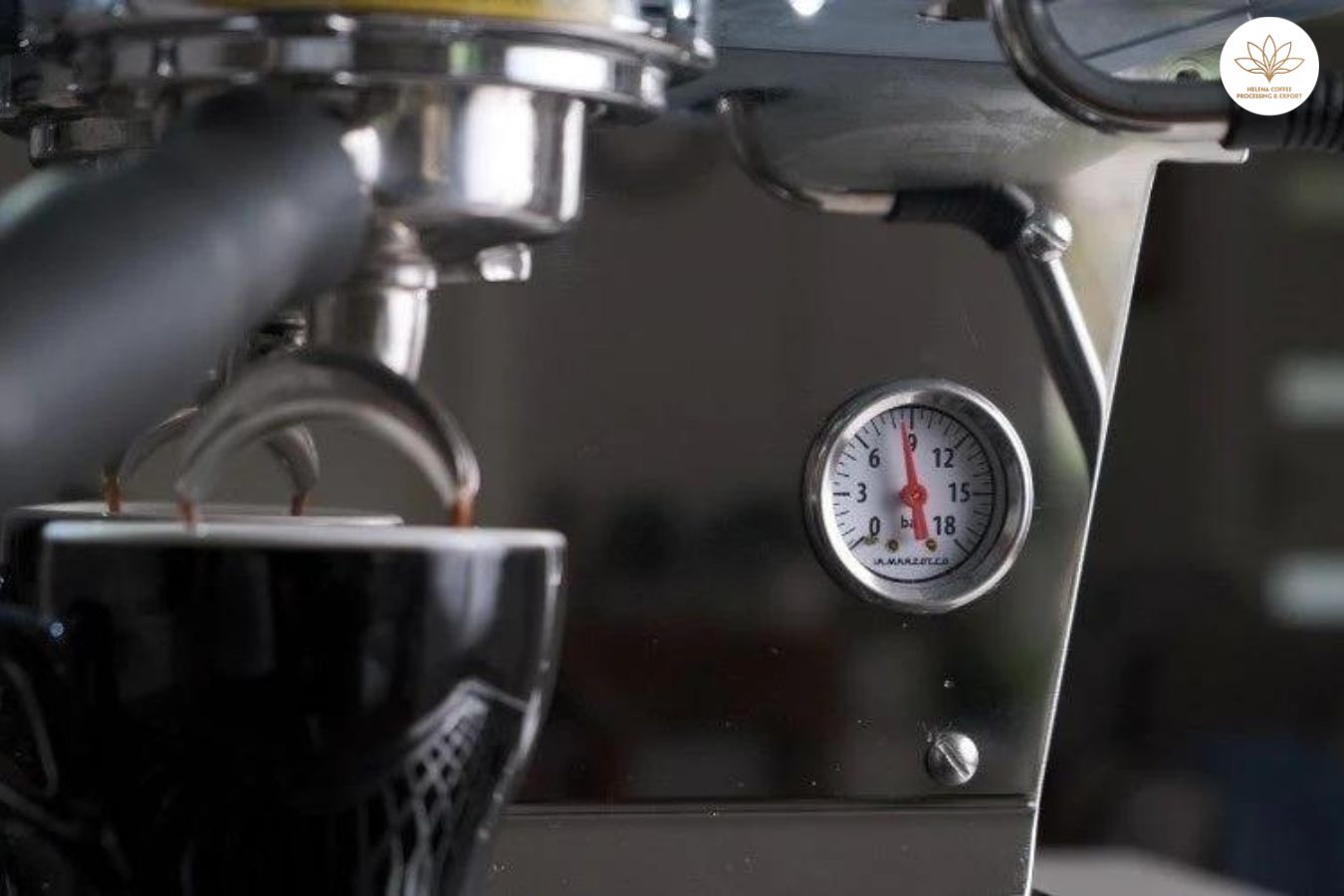
Pressure Is Good For Espresso: The Uniqueness of Espresso: A Symphony of Pressure and Precision. Espresso stands as a unique jewel in the crown of coffee varieties, distinguished not merely by its robust flavor but by the critical role of pressure in its creation. This brewing method isn’t simply about yielding a concentrated beverage; it’s the application of intense pressure that gives birth to espresso’s iconic, velvety crema and rich taste that coffee enthusiasts cherish. Navigating the spectrum of opinions on the necessary pressure for an ideal espresso, one might encounter a variety of recommendations. However, the question remains: what is the precise measure of pressure that transforms a good espresso into a masterpiece of café art?
Demystifying Espresso Pressure: Understanding Bars
Let’s delve into the essence of what “bars of pressure” truly signifies. Similar to how air pressure in tires is read in PSI, the term “bar” is another metric for measuring pressure, akin to how kilograms and pounds measure weight. Although the bar is not designated as an official unit within the International System of Units, it enjoys widespread usage in various applications—scuba diving gear and, notably, espresso machines being prime examples.
A single bar equates to the pressure exerted by the Earth’s atmosphere at sea level. Therefore, when an espresso machine operates at 9 bars, it’s exerting a force that is nine times the pressure of our ambient surroundings. This elevated pressure is a defining characteristic of espresso extraction, far surpassing that of other coffee brewing methods like the Moka pot or AeroPress. Traditional espresso machines initially harnessed steam to build pressure, but the modern era ushered in electric pumps—both vibratory and rotary types—to efficiently generate the necessary force in contemporary automatic and semi-automatic espresso machines.
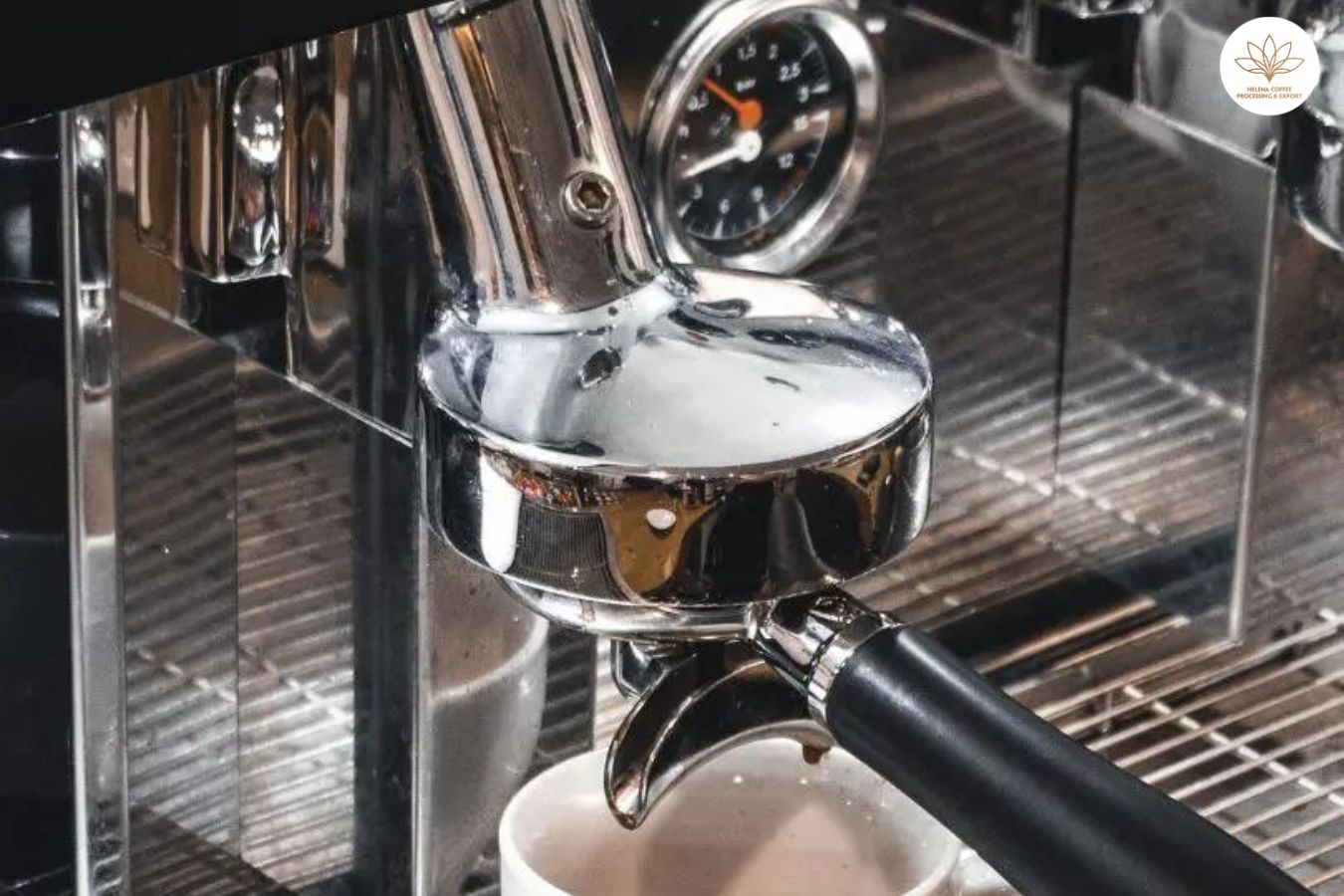
Crafting the Ideal Espresso: The Role of Pressure
In the alchemy of espresso brewing, several elements are pivotal: the brew ratio, duration, and temperature. Other factors, such as the granularity of the coffee grind, the water pressure, and the tamp exerted on the grounds, also play influential roles and ultimately affect the primary brewing variables.
A direct correlation exists between pressure and the rate of coffee extraction: higher pressure can accelerate the process. Theoretically, this could lead to a swifter brew, yet the recommended extraction span for espresso hovers around 25 to 30 seconds for a reason. It’s the harmony of all these components that culminates in a superior espresso, with 9 bars emerging as the optimal pressure in this delicate equation.
Navigating Between 9 and 15 Bar Espresso Machines
The conundrum of 9 versus 15 bar machines often perplexes espresso machine shoppers. While numerous household espresso machines boast pressures of 15 or even 18 bars, propounding that “more pressure equals better coffee,” the reality is somewhat different. Lower-cost machines are known to experience significant pressure drops from pump to group head, meaning that despite starting at 15 bars, the actual brewing pressure hovers closer to 9 bars. Moreover, many premium espresso machines are designed with overpressure valves specifically to cap the brewing pressure at 9 bars, ensuring the ideal extraction.
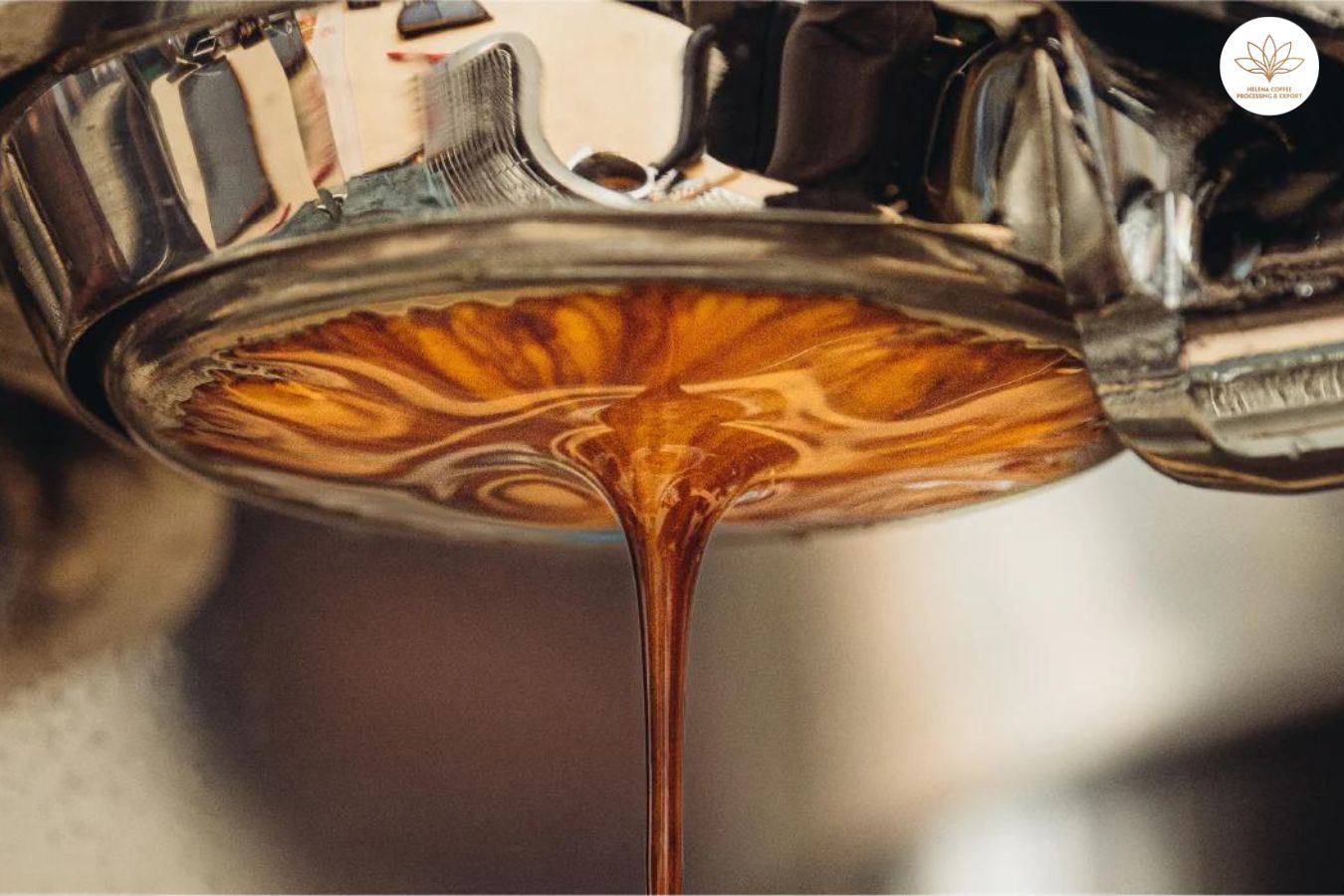
Adventures in Pressure: The 6 Bar Espresso
The ever-evolving Third Wave Coffee movement has introduced innovative brewing techniques, such as the turbo shot espresso. This method, utilizing 6 bars of pressure with a 1:2.6 coffee-to-espresso yield ratio and a succinct 15-second extraction, offers a fresh take on the traditional espresso experience.
Concluding Insights on Espresso Pressure
In summary, the sweet spot for brewing outstanding espresso lies around 9 bars of pressure. When contemplating the purchase of a new espresso machine, the advertised pressure ratings should not be your primary concern. For those keen on the finer details of espresso brewing, seek out a machine equipped with adjustable pressure settings and an integrated pressure gauge for the ultimate control and precision.
FAQS:
